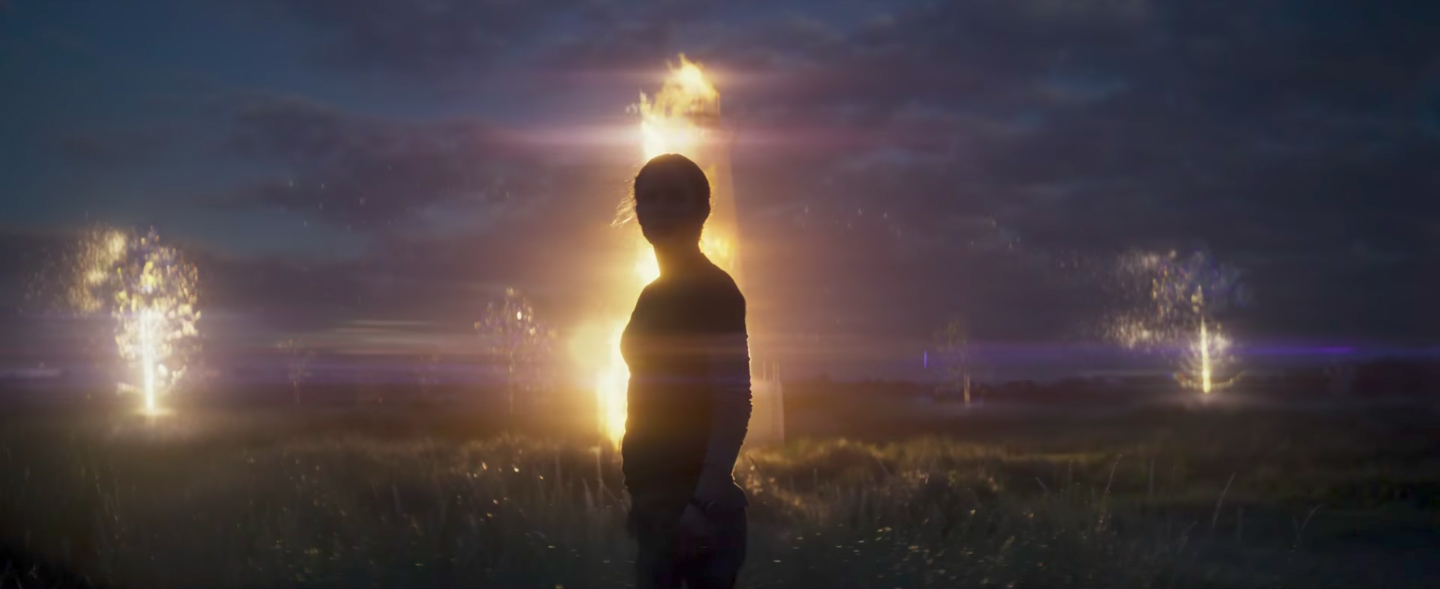Walt Disney’s films are built upon a moral center. That sometimes means seeking adventure at the cost of danger, or leaving something behind when it only serves to hold you back. Ultimately, the success of the hero parallels the proper ethical decision. These ethics are timeless, and rarely root themselves in historical religious events. Because most stories take place in a fantasy setting, Religion proper is left out for a bare bones depiction of ethics. While the history and characters have been exaggerated to some degree, few Disney films deal with ethics and religion more than The Hunchback of Notre Dame, based on Victor Hugo’s classic novel taking place in France during the 1400’s.

In this Disney Renaissance Classic, two rival forces pull at Quasimodo: Frollo, supreme Justice and “harbinger” of God’s plan, and Esmeralda, a freedom-loving gypsy accused of witchcraft. The battle is between one man’s interpretation of God’s will and the appreciation the gypsies in the movie have for freedom.
Quasimodo is an outcast left on the doorstep of Notre Dame by his mother, a gypsy pursued by city guards. Frollo decides to cast Quasimodo into the well, to “send it back to hell.” To say that Frollo shelters Quasimodo would be a gross understatement. When Frollo teaches him the ABC’s, Quasimodo learns words associated with subjugation and guilt. In this way Frollo controls Quasimodo, who feels indebted to Frollo for raising him – which is appropriate to a certain extent.
Esmeralda stops the townsfolk from harassing Quasimodo at the Feast of Fools and frees before disappearing in a cloud of purple smoke, which Frollo labels as witchcraft. At this point, we get a sense of Frollo’s fear of anything different or foreign. Later, Esmeralda enters the cathedral and shows she is in awe of it. The viewers never see Frollo respond in this way to Notre Dame even though he is supposed to represent good morals. Esmeralda believes she can be the one person who can stop Quasimodo’s persecution, and she finally asks for help in her song “God Help the Outcasts.” This can be seen as a major turning point, both for the tone of the film as well as Esmeralda’s understanding of Quasimodo.

Frollo convinces Quasimodo that gypsies are evil and he himself is the image of righteousness. But this righteousness is not untested. After Frollo sees Esmeralda’s entertaining dance, he is plagued by Esmeralda’s dance and enthralled by her. His lust consumes him, and he decides she should either burn on a stake for the whole town to see – to make an example of her as a gypsy woman – or surrender herself to be his lover. Frollo begins to burn Esmeralda at the stake but Quasimodo saves her, claiming sanctuary at the church. He puts her away in a room for her to gather her strength.
When the priest tries to stop Frollo’s ascent into the bell tower, Frollo casts him to the ground. Frollo is cast into the burning fire below Notre Dame. Esmeralda emerges from the church in a white robe after she had passed out from the smoke. The image calls to mind the notion of being “saved” by Quasimodo and Notre Dame. She is the righteous one and experiences a conversion while Frollo is cast into the flames he’d so quickly send those he’d denounce. In this way, we see the transformation of Esmeralda into a “moral” being.
Alan is a staff writer for Girls in Capes and holds degrees in psychology and creative writing from the University of Toledo. He has an avid interest in technology and video games.





